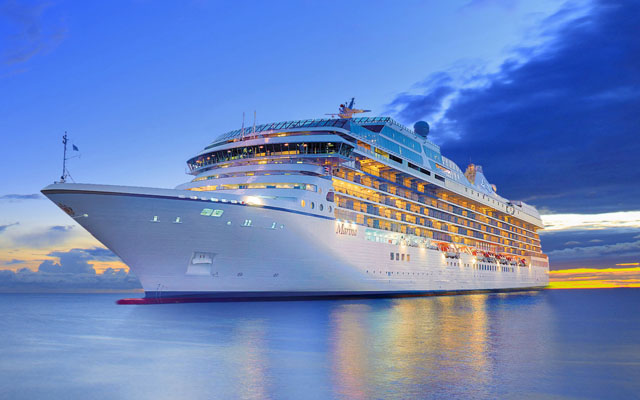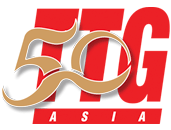Concerns over the large supply of hotel rooms in Singapore has receded amid stronger tourist arrivals and stabilising corporate demand driven by firmer economic outlook, according to the Colliers International’s Hotel Insight 1Q2018 report.
The Singapore Tourism Board (STB) projects international visitor arrivals to Singapore to rise by up to four per cent to reach 18.1 million this year, following a record-breaking 2017 where the city-state received 17.4 million visitors.

This growth represents a compound annual growth rate (CAGR) of four per cent between 2011 and 2018 (forecast). The stronger tourism performance was largely underpinned by an increase in visitation from North and South Asia, and in particular China, Indonesia and India, STB figures show.
Govinda Singh, executive director of valuation & advisory, Asia, at Colliers International, said: “Hoteliers in Singapore have weathered the lean years – particularly 2015 and 2016 – admirably, and the hospitality sector outlook is decidedly brighter this year as market sentiment turns up.
“Considering the data from STB, it suggests that Singapore still requires a significant amount of hotel rooms to accommodate its visitors, with growth in visitation being tempered by the low level of room supply especially at the mid-market to lower end.”
While Singapore has in recent years seen substantial increases in room supply – by over 5,500 rooms in 2015, 2,567 in 2016, and 3,400 last year – Colliers projects that this will slow dramatically to 628 rooms in 2018, and 1,300 rooms in 2019, which would allow the recently added rooms to be absorbed into the market.
Colliers anticipates the average hotel occupancy rate in Singapore, even taking fresh inventory into consideration, to remain at more than 84 per cent. A closer look at the room stock versus demand suggest that hotels in Singapore are full almost all the time during peak periods, and especially during Mondays to Thursdays, and Saturday nights.
Singh elaborated: “Our hotel needs analysis showed that the number of overnight visitors to Singapore has consistently outstripped hotel room stock since 2011, and is projected to remain so over the next few years. It suggests that there is a high degree of existing frustrated and latent demand, whereby visitors who wish to come to Singapore either cannot find rooms or have to turn to alternative accommodation providers such as serviced apartments or, dare I say, Airbnb.”
In view of the growth potential, Colliers believes it could be an opportune time to reconsider more development and investment in the hotel sector. Given the high level of “frustrated demand”, the slight increase in room supply over 2018-2019 is unlikely to weigh on occupancy rates.
Hoteliers in Singapore should see an improvement in ADR going forward, Colliers postulates, although the increase is not expected to be significant as long as the rupiah, ringgit and yuan remains relatively weak.
Singapore, a favoured destination among many Chinese tourists, is expected to be one of the key beneficiaries of China’s rising outbound tourism, driven by growing affluence among the Chinese middle class. Outbound trips are projected to increase sharply by 47.7 per cent, from 120.1 million in 2015 to 177.4 million in 2020.
Singh noted: “The recent sabre rattling between the US and China may weigh to some degree on business and consumer confidence, thereby tempering demand growth especially if it escalates. However, intra-Asia travel and the growing domestic markets in a number of the larger destinations across Asia, is likely to continue to underpin demand.”




















